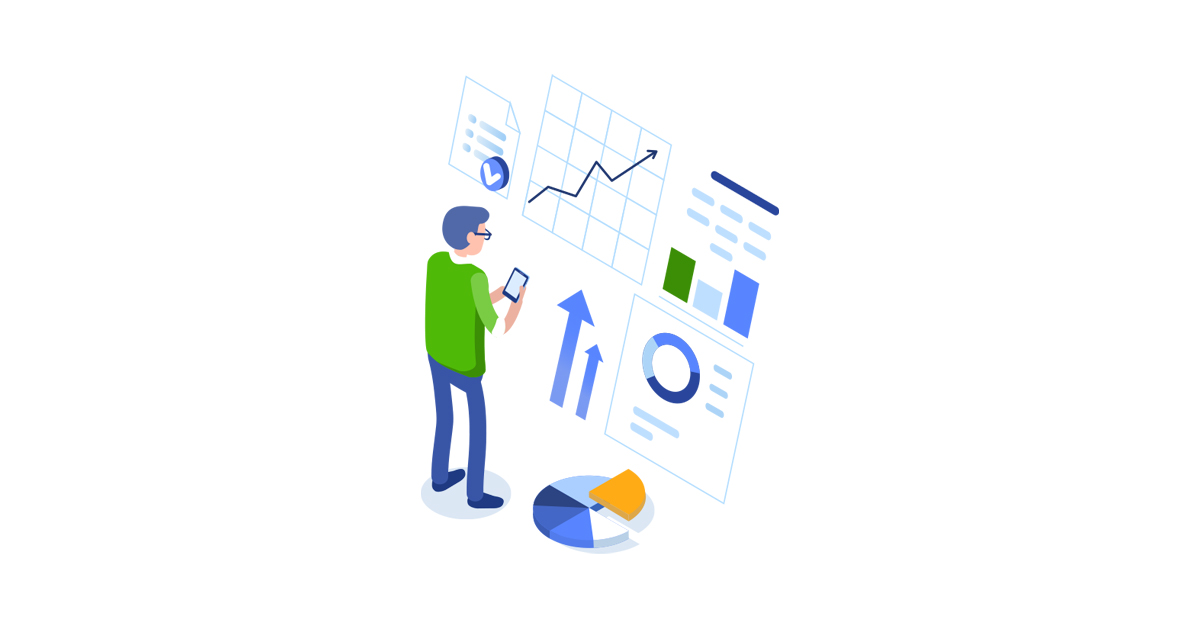Aggregation is quickly becoming an integral part of the everyday life for financial advisors. It allows advisors to gather crucial data for their clients so they can spend less time entering data and more time with their clients. It also gives clients the opportunity to take a more active part in their plan by giving them a simple, central location to connect and review key financial data.
In other words, aggregation can automate the process of data and information gathering so advisors and clients can spend more time working on a plan together.
In this introduction, you’ll learn:
- What is account aggregation
- What to expect in an account aggregation tool
- Other forms of automatic data gathering
What is account aggregation?
Account aggregation is a single location for an individual to see their accounts across a myriad of institutions. In enables financial advisors to allow their clients to see and easily share their accounts. The goal of an account aggregator is to allow people to see their assets, liabilities, and insurance in one easy place so they can better understand where their money is and where it is going.
A wide range of applications use account aggregation to gather data. Many budgeting apps use it to collect account information for their users to provide net worth statements and budgeting advice. Financial advisors use account aggregation to automate retrieving client data across thousands of financial institutions to help build and manage their clients’ financial plans.
What to expect from an account aggregation tool
Since this type of aggregator requires authentication, the institutions must first be connected by the advisors’ clients. Every institution displays and handles information differently. Security protocols also vary between institutions. This results in a few obstacles to handle. Account aggregation seeks to make data gathering easier, but it still is not perfect.
In cases where the aggregator has no integration with an institution it has to “scrape” data. With “scraping” the aggregator scans the institution’s UI in order gather the client’s account information. The results may be imperfect. Account aggregation is a powerful tool, but users will still need to review the data for accuracy.
Security protocols offer another obstacle to account aggregation. Every institution handles security differently. Some can be linked with just the username and password. Others require multi-factor authentication (MFA). Some institutions maintain connections for weeks without requiring authentication again. Others require authentication every time the aggregator attempts to update balances. It all depends on the institution.
Account aggregation still serves a great purpose. It reduces time needed entering data and can reduce potential user errors. With less time on data entry, advisors get more time to engage with clients. Clients benefit from a simple tool that allows them to connect crucial information to their plan. And with a shared location to review information, account aggregation can improve overall communication between advisors and clients.
Other Forms of Automatic Data Gathering
There are other forms of data gathering advisors may find in their software: data integrations and custodial aggregation. Each method serves to accomplish the task of bringing in key data to make life easier; however, each one comes with their own advantages and limitations.
Integrations
Data integrations link two accounts or software together to import data. The data that gets imported varies depending on the integration and the type of information that can be retrieved.
In the case of Moneytree’s integration with Redtail CRM, advisors can login to their Redtail account within Moneytree. From within Moneytree, they can import client information from Redtail. The integration gathers client contact information, holdings, and liabilities.
Account aggregation could be used in conjunction with data integrations. Advisors can use the integration to bring in contact information and whatever else the integration allows, and they can setup a client portal to have their client login and link additional accounts. This saves the advisor time from double data entry, and a client can set up their portal without providing redundant information.
Custodial Aggregation
The biggest difference between account aggregation and custodial aggregation comes down to authentication. With account aggregation, the account owner must enter their credentials for the aggregator to access the information. Custodial aggregation, on the other hand, may access information without authentication.
For example, software like TurboTax uses custodial aggregation to access account information without entering credentials to that account. This is generally between institutions who have agreed to share information, with companies who help facilitate this information sharing.
What to Expect from Account Aggregation and Moneytree
Your clients will be able to link their multitude of financial institutions to their financial plan with account aggregation in Moneytree. Your clients’ plans can be updated with necessary data with the click of a button. You can use account aggregation to save time entering asset accounts, liabilities, and life insurance policies and spend more time engaging and planning for your clients. Financial plans are updated with the push of a button to avoid unwanted MFA notifications for your clients and to give you more control over when their plans are updated.




